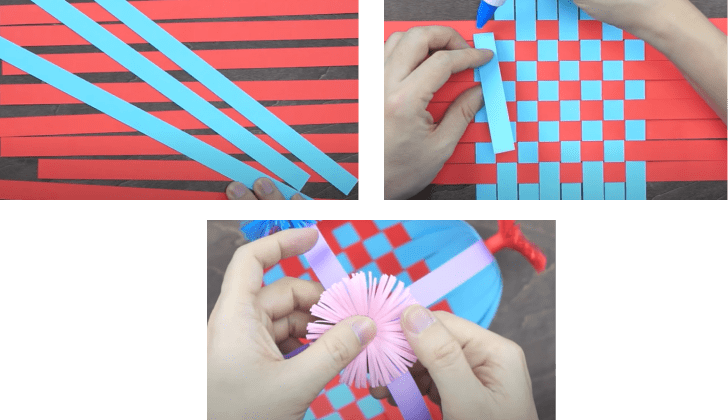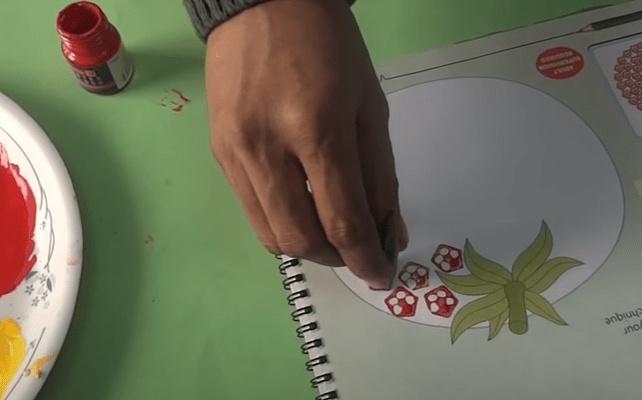A Beautiful Cloth Revision Notes and Worksheet: Perfect Study Material for Better Preparation
FAQs on A Beautiful Cloth Class 3 Notes CBSE EVS Chapter 23 (Free PDF Download)
1. How can you weave two pieces of paper?
Draw parallel lines and cut the papers accordingly. Insert one strip of paper under the other one’s strip. Keep going and you will find a chequered combination of two sheets weaved together.
2. How can you make patterns with daily objects?
Choose an object with a plane surface. Dip that surface in colours and place it on white paper. In this way, you can make interesting designs with daily objects.
3. How can I learn to print on clothes?
By using the technique of using dice and colours, you can print any design on clothes. A die can be made with anything.
4. Why is it important to learn about cloth-making in Class 3 EVS Chapter 23 - "A Beautiful Cloth"?
Understanding cloth-making is crucial because it teaches us where our clothes come from, how they are made, and why textiles matter in our daily lives. This knowledge helps us appreciate the process of creating fabric and its significance.
5. What are the key concepts covered in Class 3 EVS Chapter 23 - "A Beautiful Cloth"?
This chapter explores the sources of fabric, the process of weaving, and the importance of textiles. Students learn about the journey of cloth-making, making it easier to appreciate the intricate art behind creating beautiful and useful fabrics.


















